Do ellipticals build muscle?
Do ellipticals build muscle? Here’s how to use this popular cardio machine to get stronger
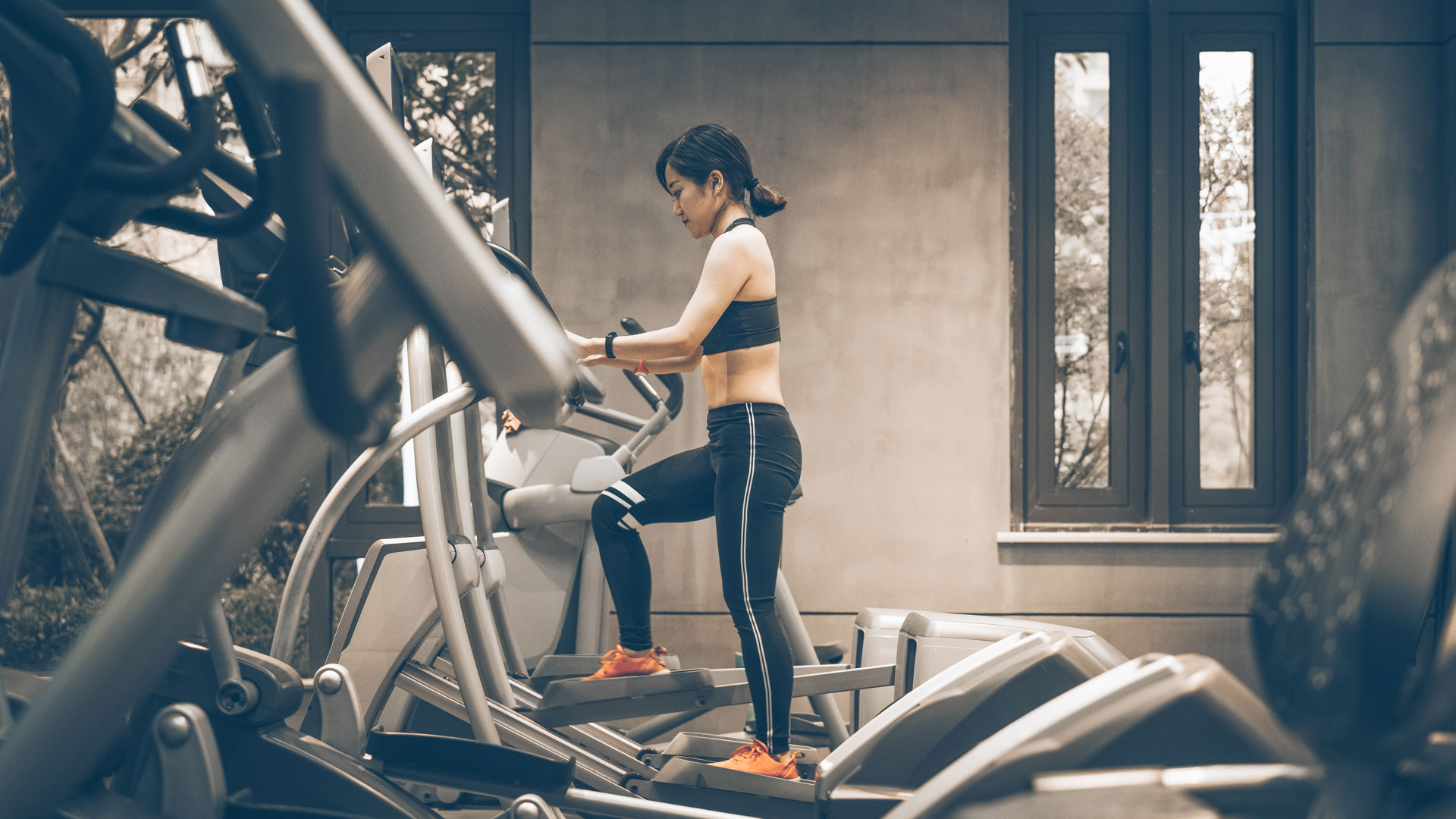

Do ellipticals build muscle? The good news is that they most definitely do. The elliptical trainer offers a full body workout, targeting the back, shoulders, pectorals, obliques, glutes, hamstrings, quads, biceps and triceps. Phew! The catch? You need to challenge yourself enough to work up a sweat to see any real gains.
Using the elliptical will also give your cardiovascular system a great workout, and it’s so low-impact that it’s ideal for anyone who needs to avoid putting too much pressure on their joints.
So, whether you are looking for one of the best elliptical machines or you just want to know more about the best exercise machines to lose weight, you’re in the right place. Here’s everything you need to know about building muscle with elliptical machines.
What is an elliptical machine?
“You would be hard pushed to find an alternative method of cardiovascular exercise that works as many muscles,” says exercise physiologist Bryan Byrne, who works for Oxfit.
“An elliptical trainer is a type of exercise machine that works the upper and lower body,” says Bryne. “It’s a fantastic, low-impact alternative to traditional cardio exercise like running or cycling. So it’s ideal for people recovering from an injury, heavier individuals, and anyone pregnant.”
He adds that using the elliptical trainer provides a good swap for running because it doesn’t have the same biomechanical pattern and there is no foot flight time –basically, your foot never leaves the machine. This significantly reduces the pressure on joints.
“So, if someone has an ongoing injury exacerbated by running, they can switch to the elliptical and get similar cardiovascular benefits,” says Byrne. “A study published in the Journal of Strength and Conditioning Research showed that the elliptical had a 60% reduction in muscular effort compared with a treadmill, making it an excellent cardiovascular exercise for those with injuries.”
The elliptical is said to engage 80% of your muscles, although Bryne is skeptical about this figure. “I’m not sure that’s a true statistic,” he admits. “Nevertheless, it does give a full-body workout. In fact, a Moreside and McGill study found that the elliptical is really amazing at working the back extensors, the shoulders, and the internal oblique muscles. It also works the hamstrings, glutes, calves, pectorals and – to a lesser degree – the biceps, triceps, and forearms. So it targets a lot of muscles in one hit.”
Get the Fit&Well Newsletter
Start your week with achievable workout ideas, health tips and wellbeing advice in your inbox.
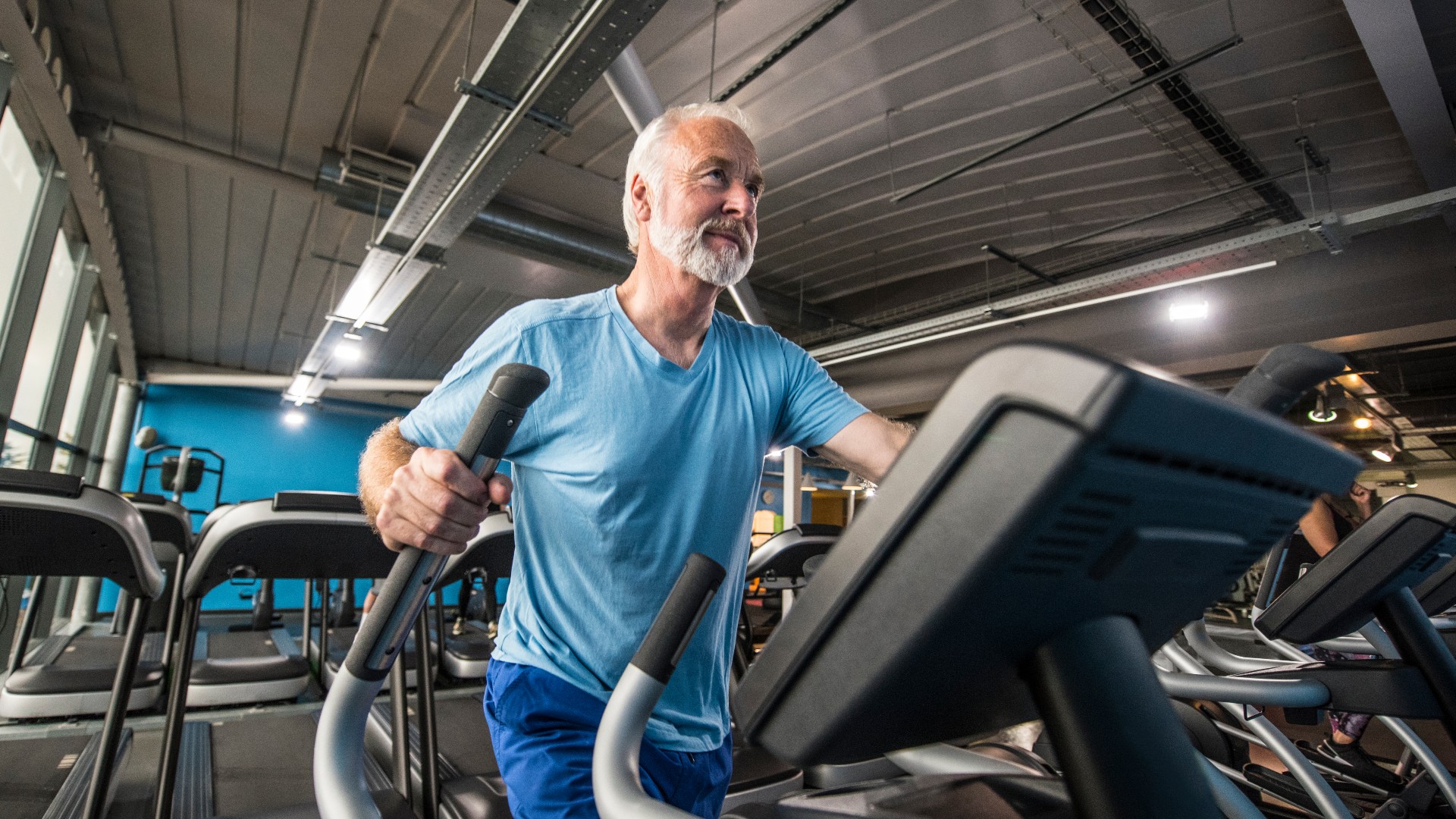
How to build muscle on an elliptical machine
“I recommend engaging in cardio training for up to 300 minutes (five hours) a week,” says Bryne. “This will provide the best possible results for health and disease prevention, provided your other lifestyle factors support this goal.”
To build muscle on an elliptical, start with a five-minute warm up at a low intensity then try one of these three workouts created by Bryne:
Be sure to do a proper cool-down of at least five minutes with zero intensity at the end. Then, finish with some upper and lower body stretches to avoid muscular aches and pains, aka Delayed Onset Muscle Soreness (DOMS).

Do you need protein to build muscle?

When we exercise our muscles stretch and tear, causing the cells around the muscle fibers to get to work fusing them back together. This process, called hypertrophy, makes muscles bigger and stronger – so the more you train, the more you build muscle.
Protein plays an important role in this muscle growth, or hypertrophy, which is why we need to fuel our bodies with enough of it if we want to get stronger.
Bryne says: “Muscle tissue is made up of a variety of proteins, which begin to break down with intense exercise. This is a totally normal process and nothing to worry about. But to recover from these intense bouts of exercise, and to help the muscle tissue adapt, we need to provide the right raw materials for these proteins, such as amino acids – the majority of which we consume through protein-rich foods.”
Eating adequate protein, he says, will allow the body to recover from exercise and will help to grow new muscle tissue, become stronger or more capable of handling endurance activities. “Protein is important for everyone who trains, whether they engage in endurance exercise, resistance exercise, or both.”
So, how much protein should you really be eating to support your training? The recommended dietary allowance for exercising individuals is between 1.4-2g of protein per kilogram of body weight per day, according to The International Society of Sports Nutrition.
So, for example, if you weigh 63kg/139lbs you should need 88.2-126g of protein a day – that’s roughly two portions of protein, such as a chicken breast at lunch and a handful of tofu for dinner. Be aware that you may need to up your intake a bit if you’re older, very active, or pregnant but it’s always best to seek advice from your doctor before making changes to your diet.
If you’re keen to learn more about gaining muscle, find out which foods build muscle.
Maddy Biddulph is a freelance journalist specializing in fitness, health and wellbeing content. With 26 years in consumer media, she has worked as a writer and editor for some of the bestselling newspapers, magazines and websites in the US and UK.
She is also a qualified L3 personal trainer and weight loss advisor, and helps women over 40 navigate menopause by improving their physical and mental strength. At Maddy Biddulph Personal Training, she runs one-to-one and small group training for menopausal women who want to get fit to ease symptoms and feel like themselves again.
-
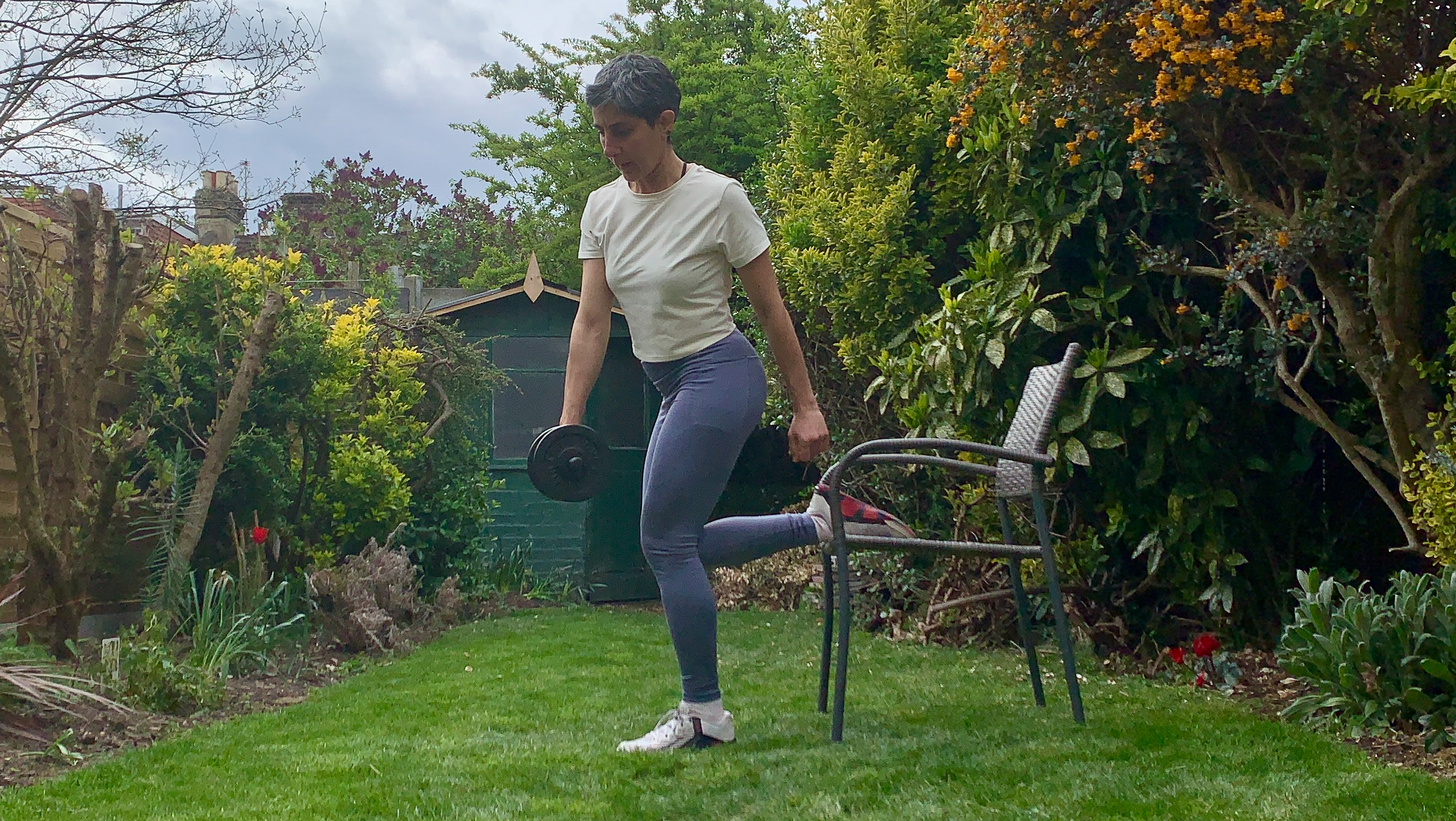 I swapped my usual core routine for this dumbbell workout—here’s why you should try it too
I swapped my usual core routine for this dumbbell workout—here’s why you should try it tooPick up some dumbbells and try my favorite deep core exercises
By Yanar Alkayat
-
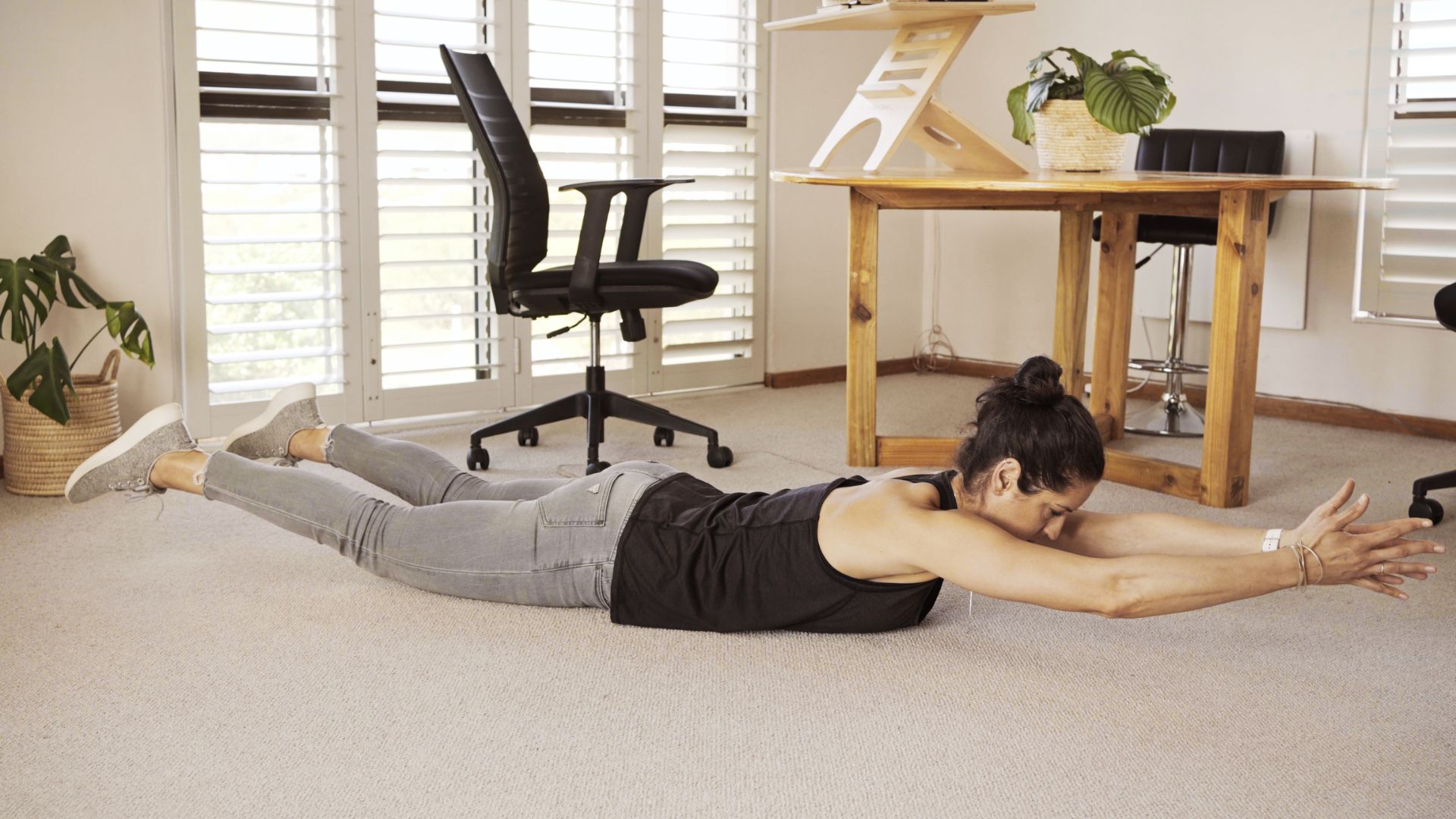 You don't need any equipment to improve your posture—just these three back-strengthening moves
You don't need any equipment to improve your posture—just these three back-strengthening movesThese three exercises will strengthen key back muscles
By Jennifer Rizzuto
-
 What’s the best open water swimming technique?
What’s the best open water swimming technique?Fitness Perfect your open water swimming technique and you'll be able to explore your local lakes and pools with confidence
By Maddy Biddulph
-
 The best trekking poles 2025
The best trekking poles 2025Buying guide Protect your knees and increase stability with the best trekking poles
By Harry Bullmore
-
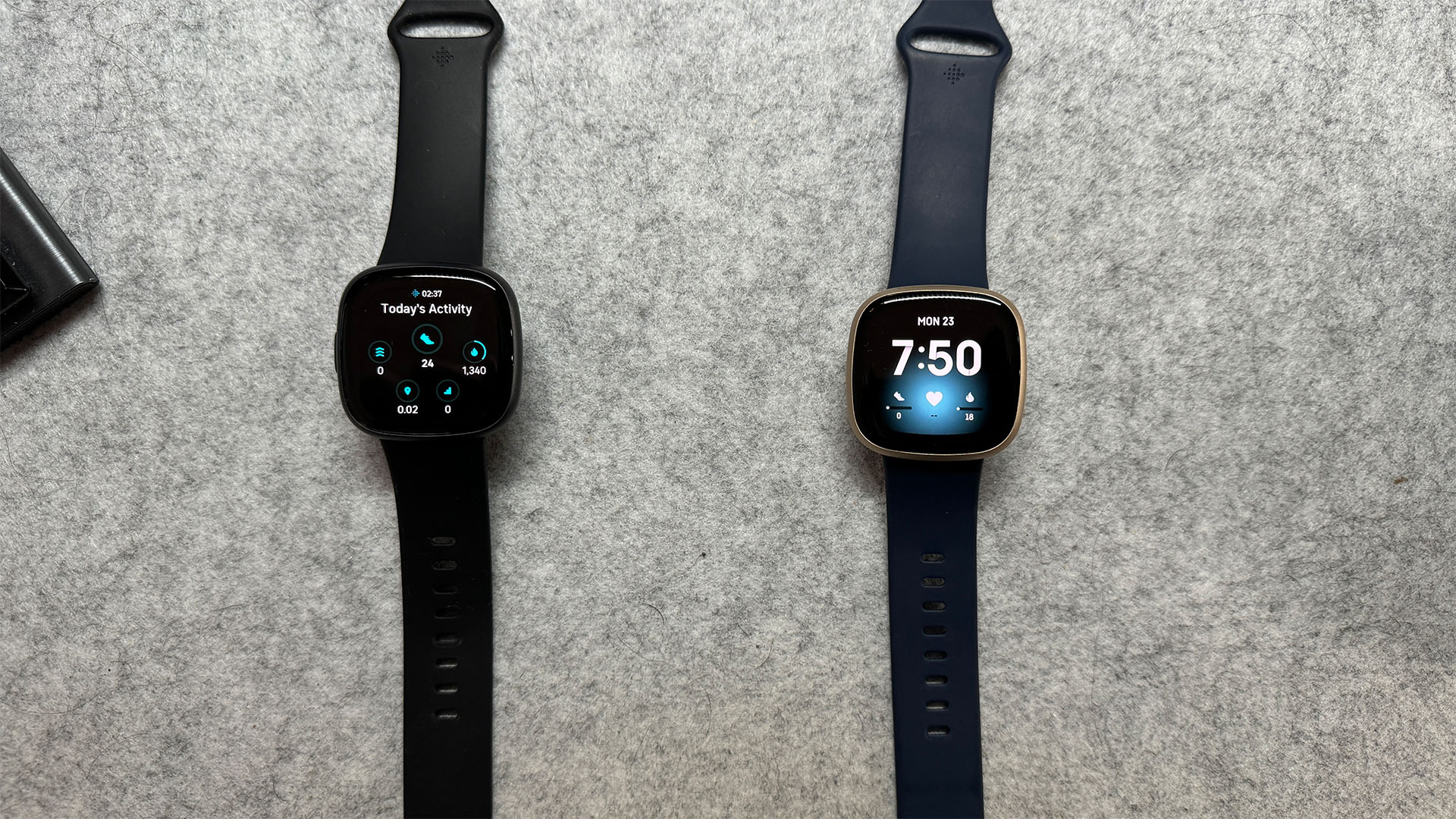 Fitbit Versa 3 vs Versa 4: here's the one I recommend buying
Fitbit Versa 3 vs Versa 4: here's the one I recommend buyingVersus There's little difference between these models, but the Versa 3 is much cheaper
By Lloyd Coombes
-
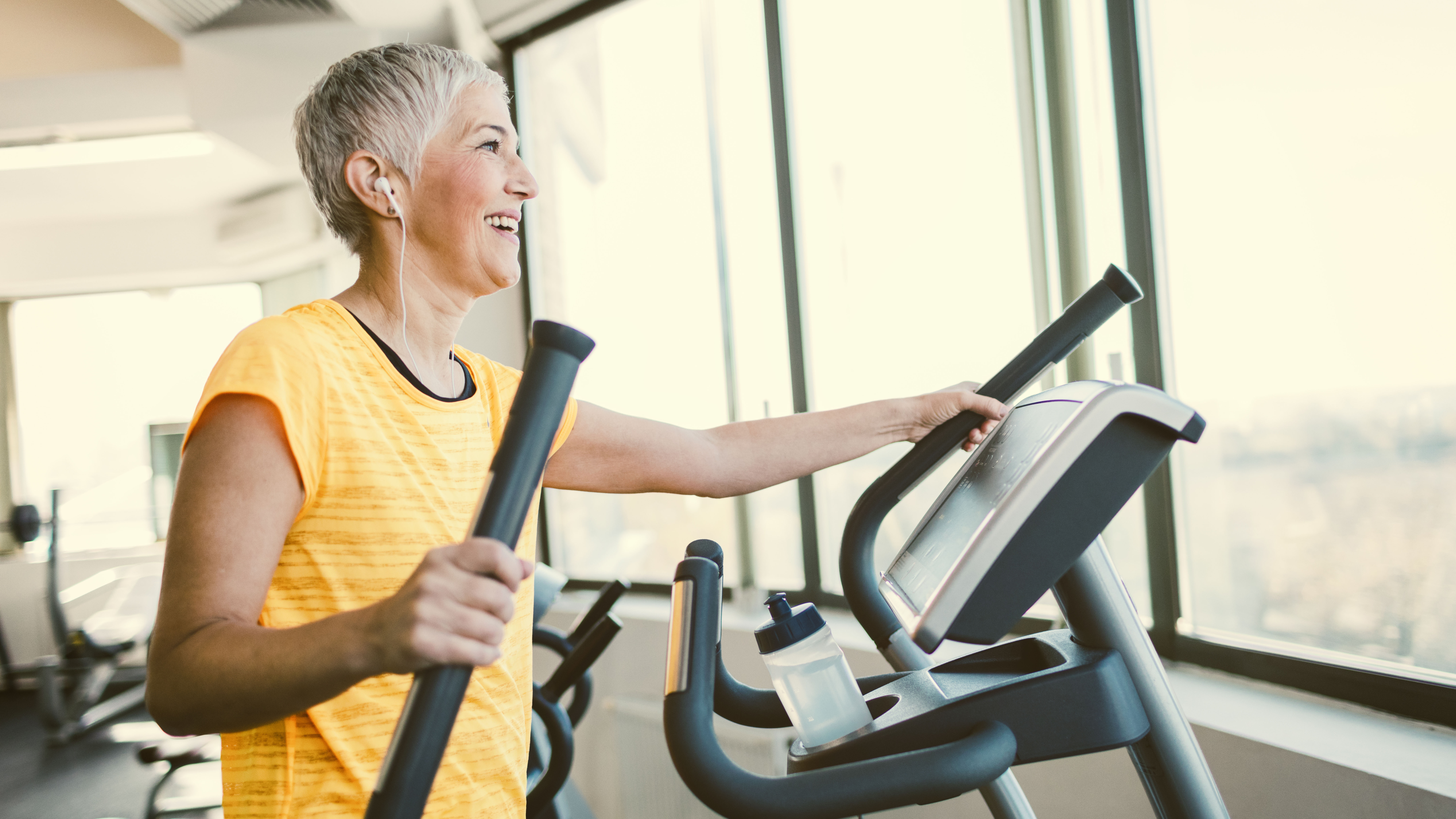 Best elliptical machines for home workouts
Best elliptical machines for home workoutsBuying guide Need a low-impact workout that’s easy on the knees? Try one of the best elliptical machines
By Sam Hopes
-
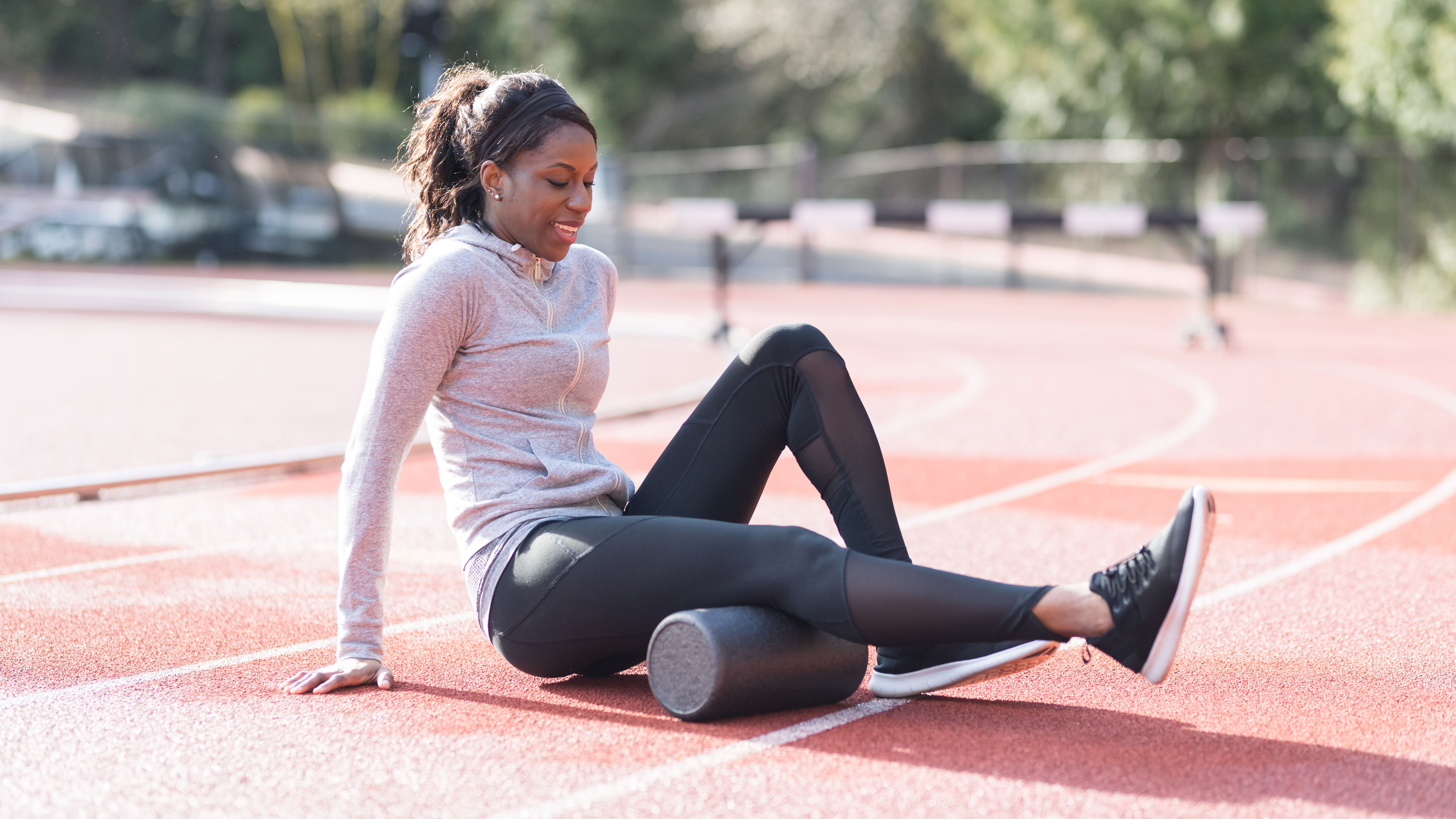 Best foam rollers for soothing sore muscles
Best foam rollers for soothing sore musclesBuying Guide Ease post-workout pain with our pick of the best foam rollers
By Harry Bullmore
-
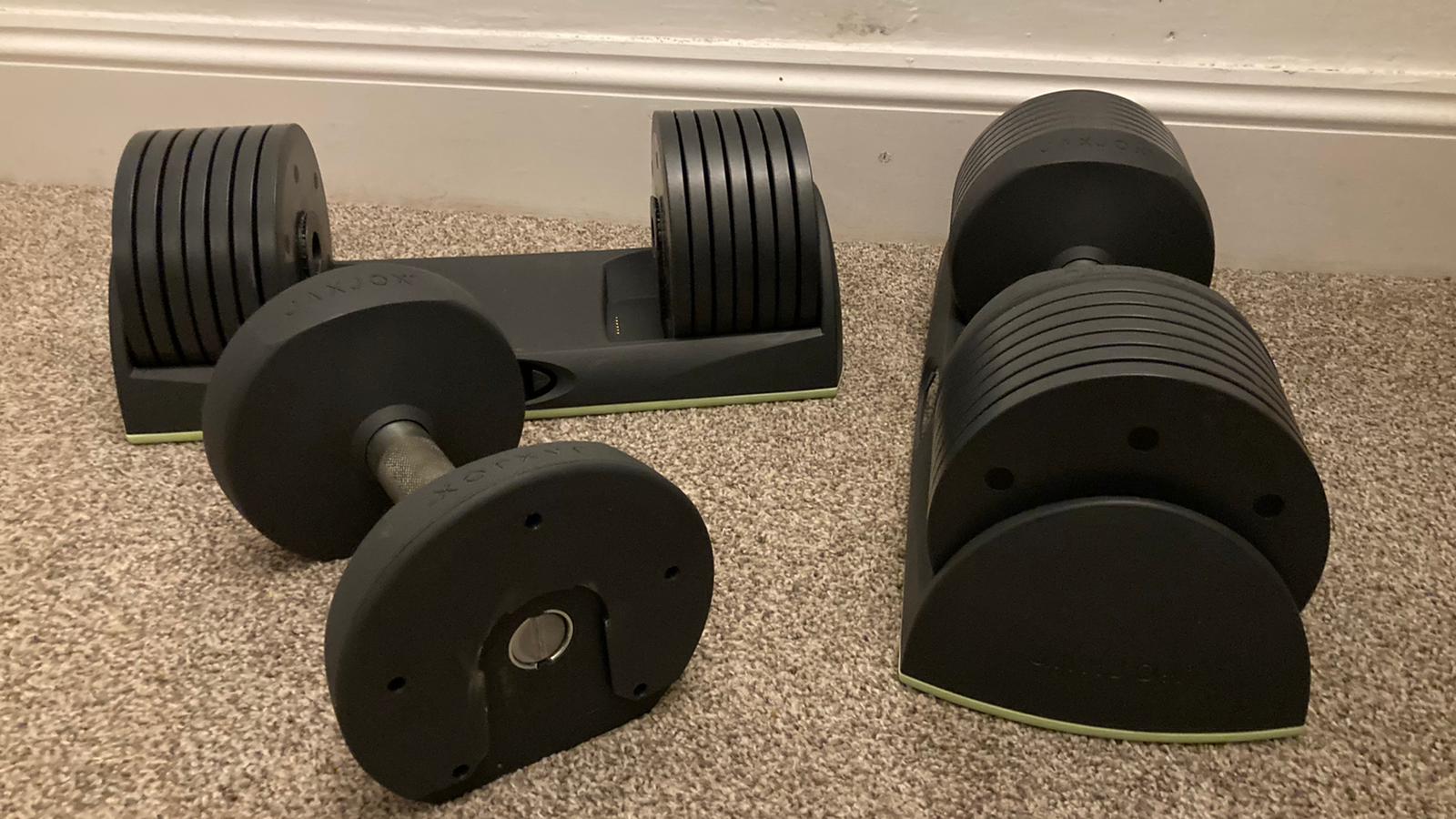 The JAXJOX DumbbellConnects have changed my home workouts forever
The JAXJOX DumbbellConnects have changed my home workouts foreverIf you want to start strength training at home, the JAXJOX DumbbellConnect adjustable dumbbells are the ultimate home workout tool
By Harry Bullmore
-
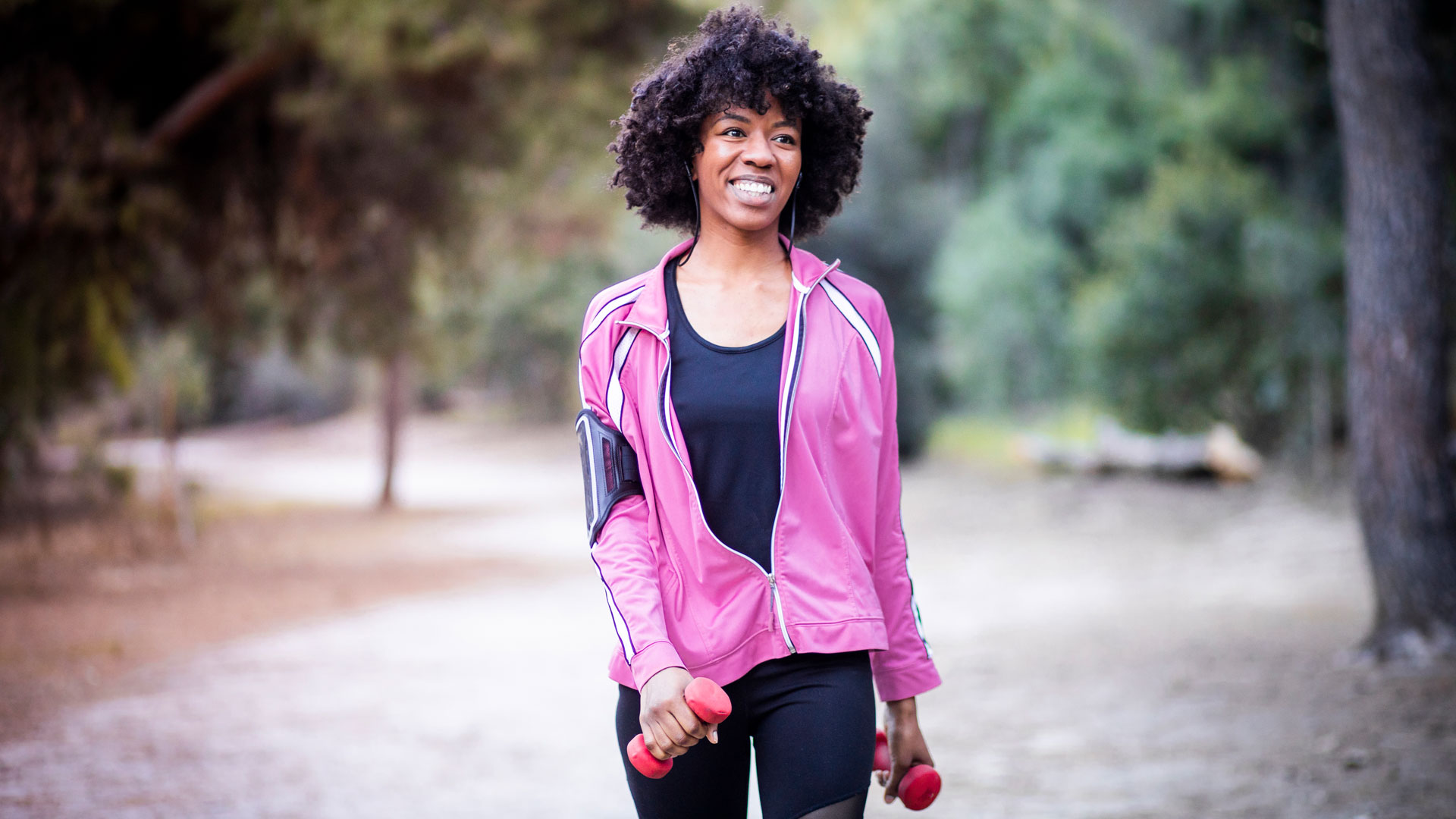 How to go walking with weights to build muscle
How to go walking with weights to build muscleFitness Try working out outside and go walking with weights for some serious health benefits
By Harry Bullmore
-
 Does hiking build muscle?
Does hiking build muscle?Fitness Does hiking build muscle? Here’s how this outdoor activity affects your strength
By Lily Canter